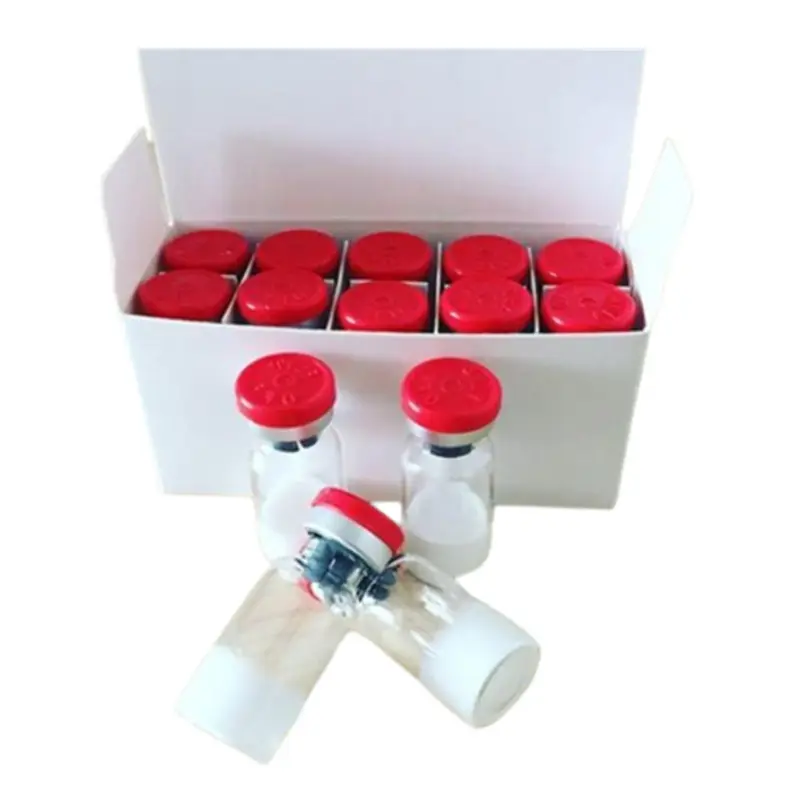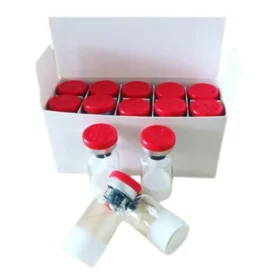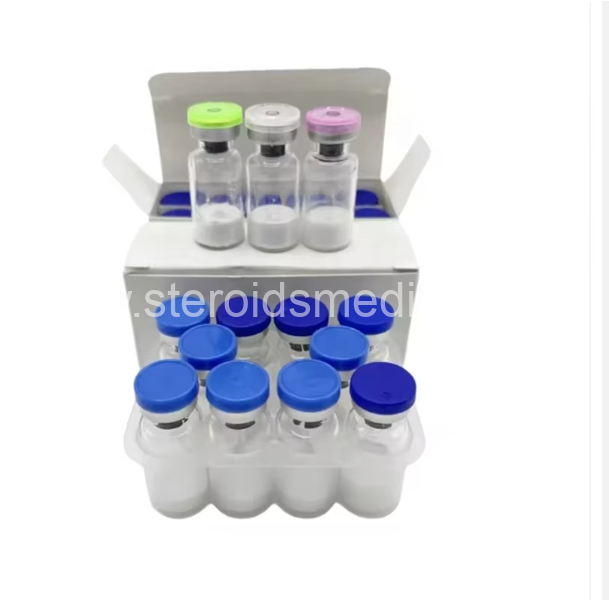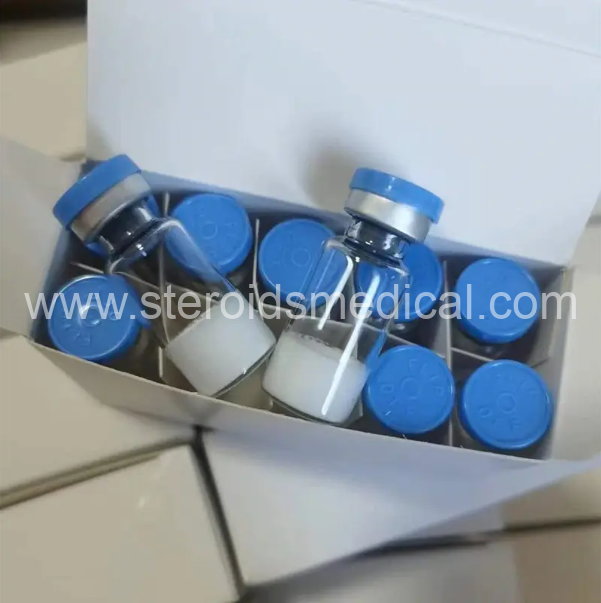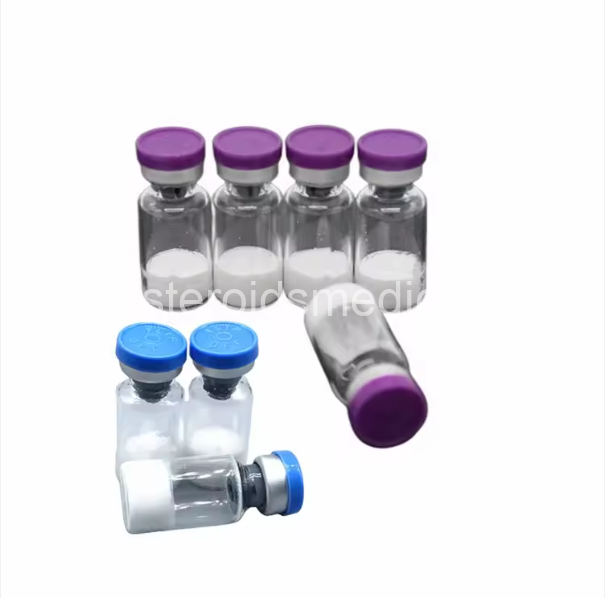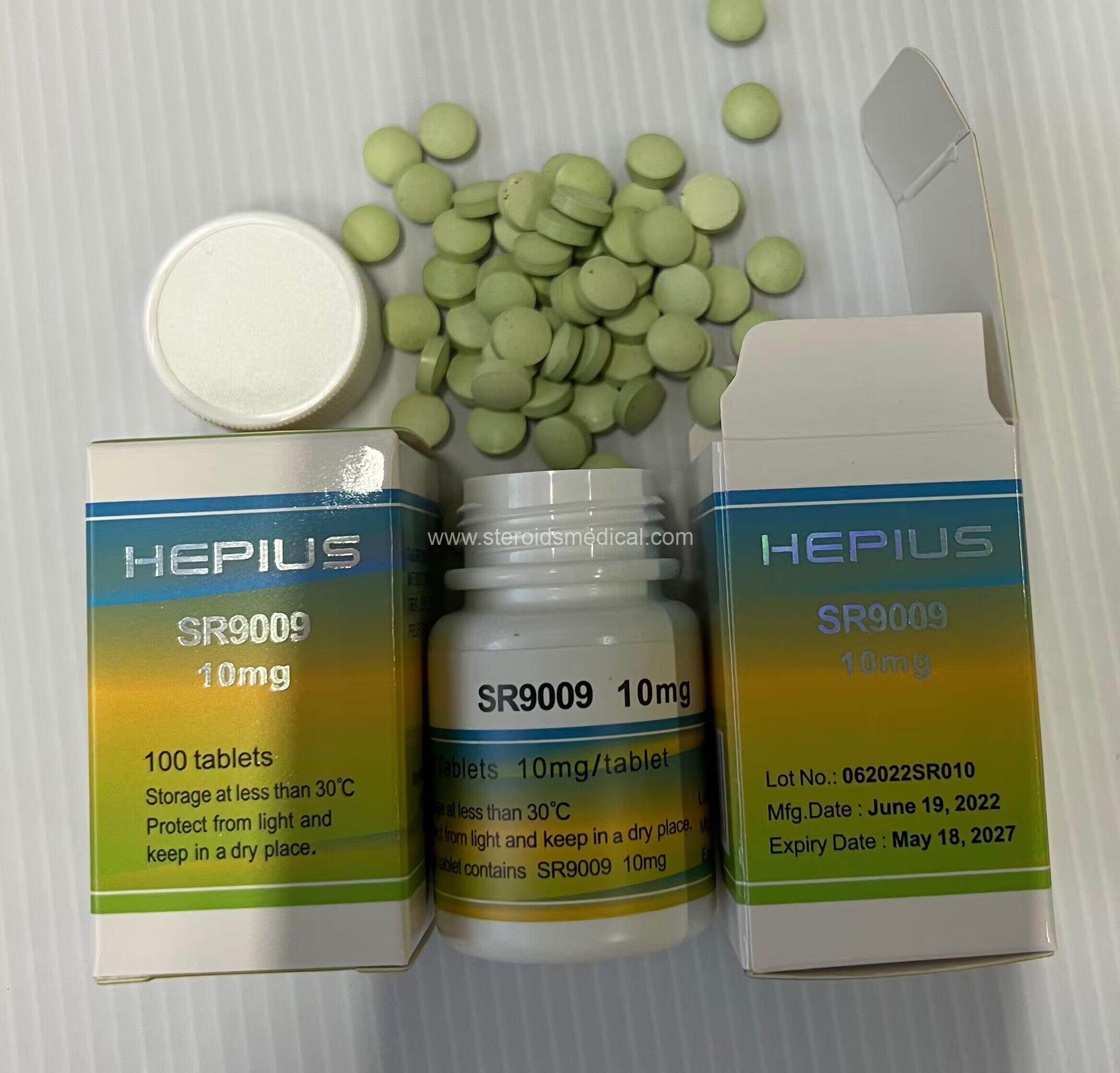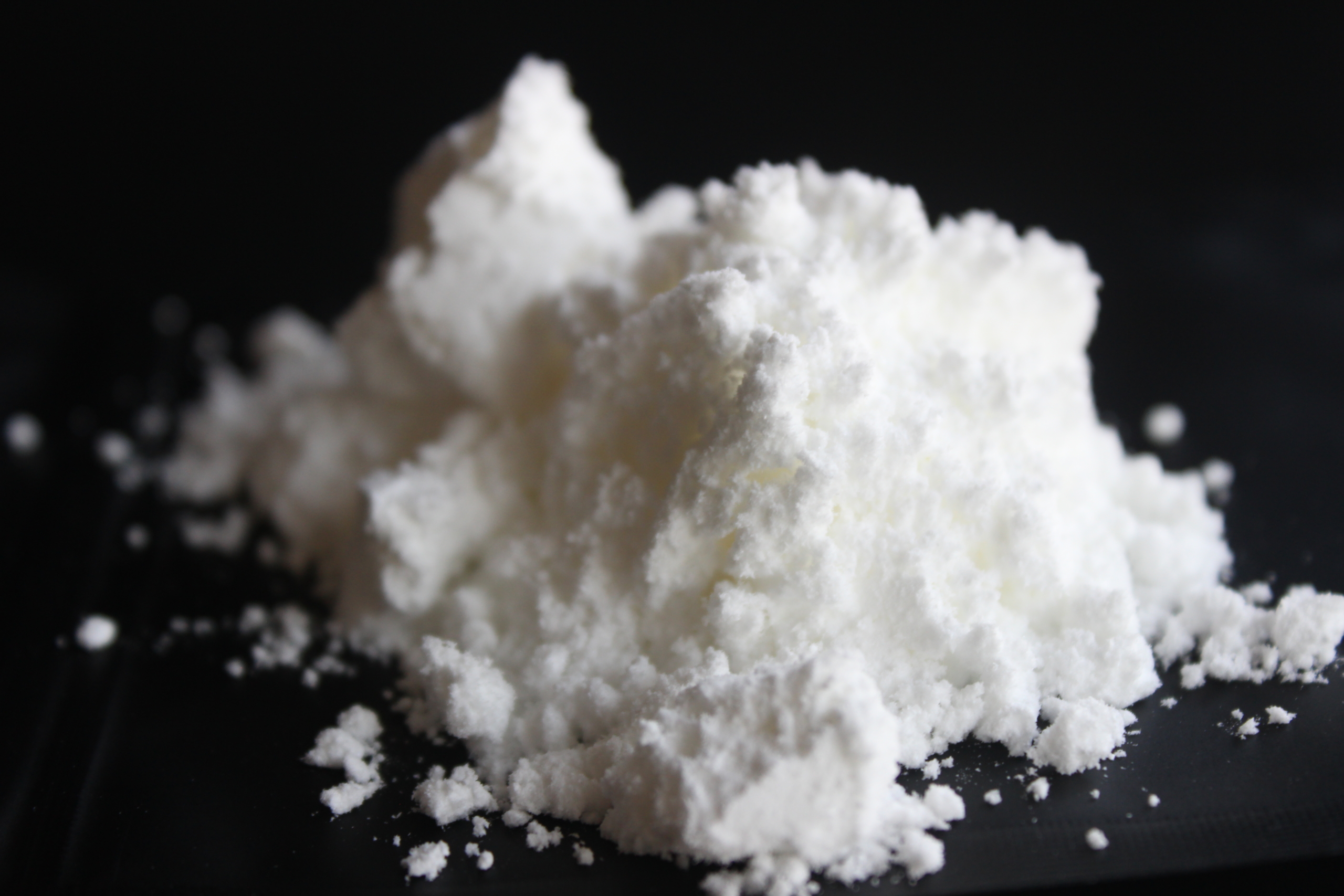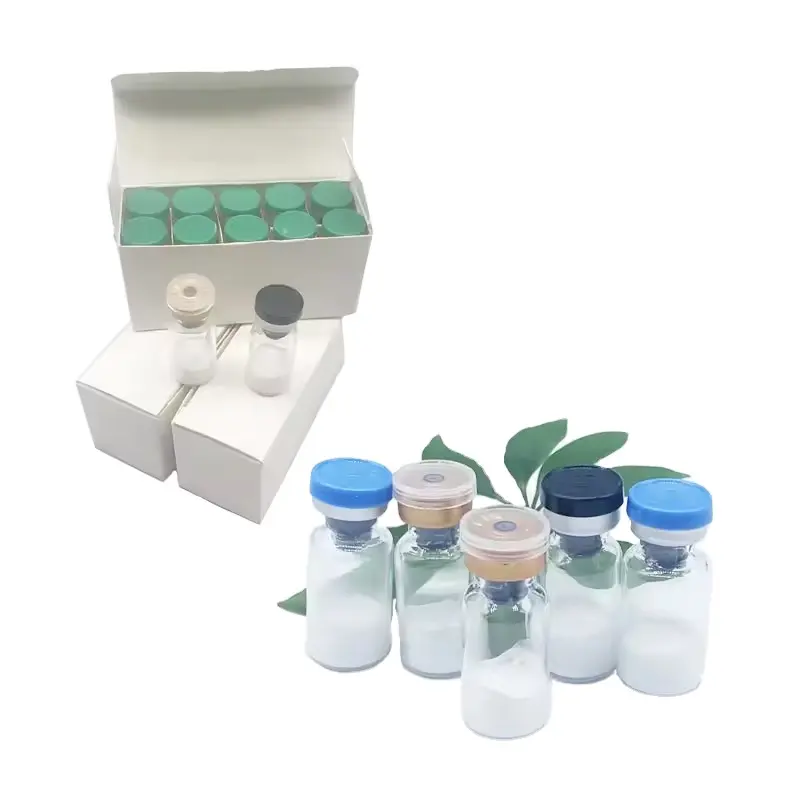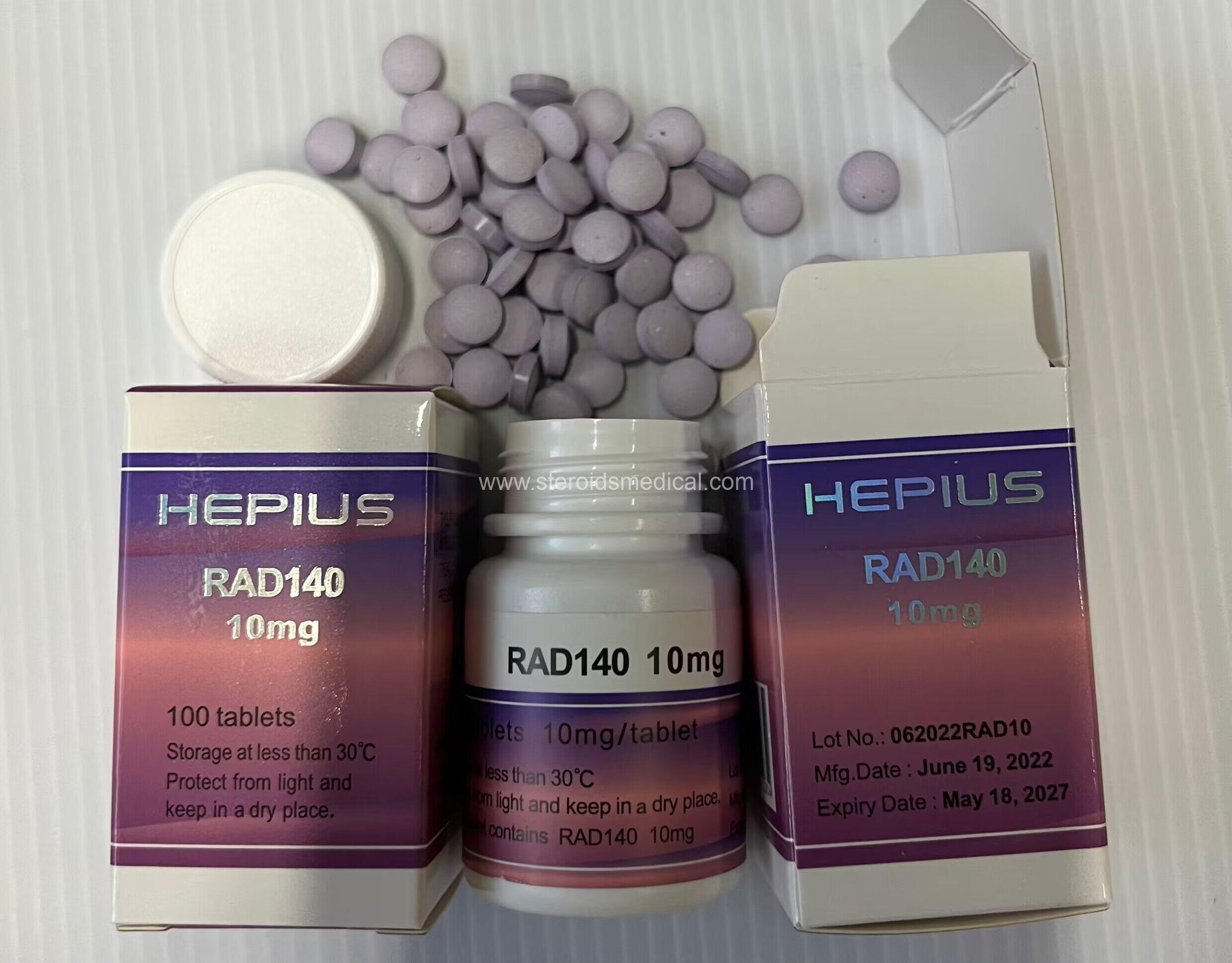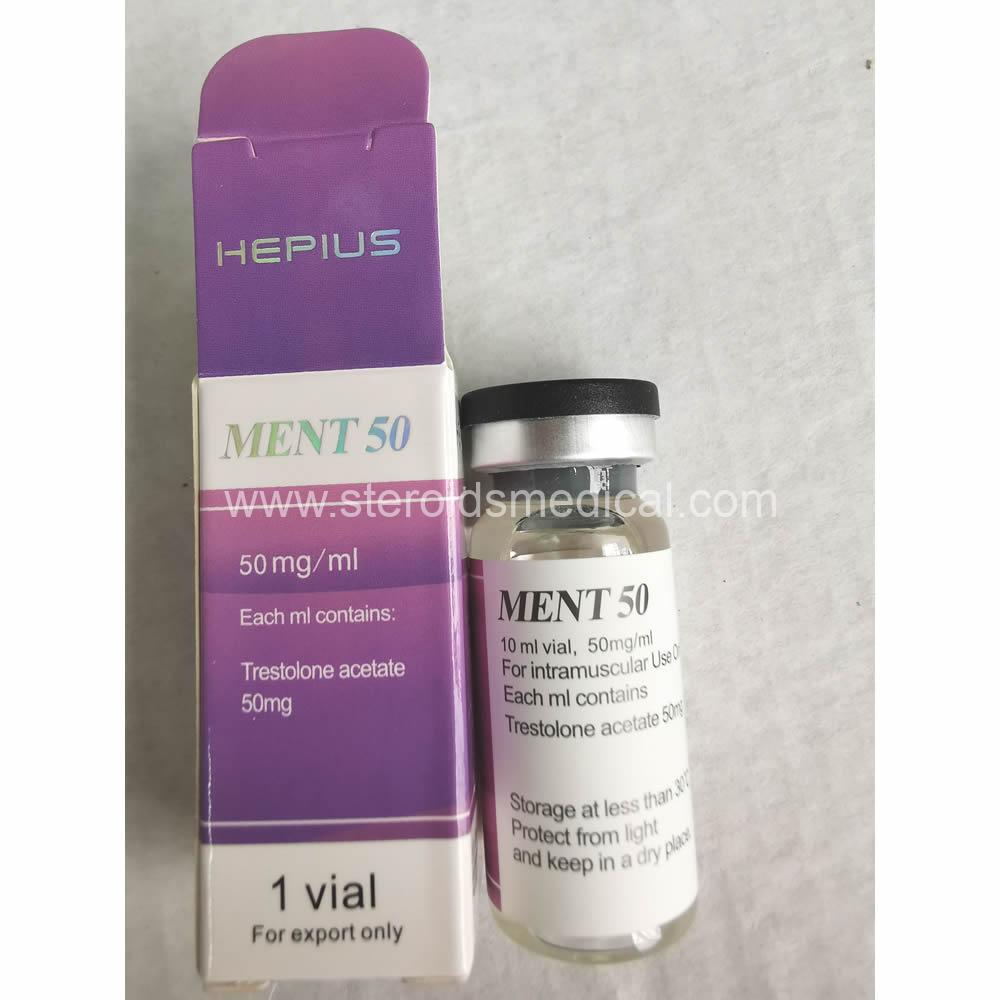積 d碑文:
GDF-8, also known as myostatin, is a protein that belongs to the transforming growth factor-beta (TGF-beta) superfamily. It plays a crucial role in regulating muscle growth and development by inhibiting muscle cell proliferation and differentiation. Here’s an overview of GDF-8 (myostatin), その機能, potential implications, and how it has been studied:
Functions of GDF-8 (Myostatin)
Muscle Growth Regulation:
- GDF-8 is primarily known for its role as a negative regulator of muscle growth. It inhibits the differentiation and proliferation of myoblasts (muscle precursor cells), thereby limiting muscle mass.
- Inhibition of GDF-8 activity or absence of GDF-8 can lead to increased muscle growth and hypertrophy.
Regulation of Muscle Fiber Type:
- GDF-8 influences the composition of muscle fibers, promoting the development of type II (fast-twitch) fibers over type I (slow-twitch) fibers.
- This regulation is important for determining muscle function and performance characteristics.
代謝効果:
- GDF-8 may play a role in regulating metabolic processes related to muscle metabolism and energy expenditure.
- Studies suggest that inhibition of GDF-8 activity could potentially improve metabolic parameters in conditions associated with muscle wasting or metabolic disorders.
Research and Implications
Muscle Disorders and Therapeutics:
- Research into GDF-8 inhibitors, such as antibodies or other molecules targeting its activity, has implications for treating muscle-wasting disorders such as muscular dystrophy, sarcopenia (age-related muscle loss), and cachexia.
- Strategies to block GDF-8 activity aim to promote muscle growth and improve muscle function in these conditions.
Athletic Performance and Enhancement:
- Due to its role in limiting muscle growth, GDF-8 has attracted interest in sports and performance enhancement.
- Ethical considerations and regulatory constraints govern the use of GDF-8 inhibitors in athletic contexts.
潜在的なアプリケーション
- Therapeutic Development: Various approaches are being explored to inhibit GDF-8 activity, including antibodies, peptides, and small molecules.
- Clinical Trials: Some GDF-8 inhibitors are in clinical trials to evaluate their safety, efficacy, and potential benefits for treating muscle disorders.
考慮 事項
- 安全性と副作用: Potential side effects of GDF-8 inhibitors may include off-target effects on other tissues or unintended consequences related to muscle growth regulation.
- Ethical and Legal Considerations: Use of GDF-8 inhibitors in sports or non-medical contexts raises ethical questions regarding fairness, safety, and regulatory compliance.
結論
GDF-8 (myostatin) is a critical regulator of muscle growth and development, primarily known for its inhibitory effects on muscle mass. Understanding its role in muscle biology has led to research into therapeutic strategies to inhibit its activity for treating muscle-wasting disorders and potentially enhancing muscle growth in various contexts. Ongoing research aims to elucidate the mechanisms of GDF-8 and develop safe and effective therapies targeting its activity.
使い方?
Using GDF-8 (myostatin) in a therapeutic or experimental context typically involves approaches aimed at inhibiting its activity to promote muscle growth and potentially treat muscle-wasting conditions. Here’s an overview of strategies and considerations related to using GDF-8 inhibitors:
1. Therapeutic Strategies
GDF-8 Inhibitors
- Antibodies: Monoclonal antibodies that specifically target and neutralize GDF-8 activity.
- ペプチド: Peptide-based molecules designed to interfere with GDF-8 signaling pathways.
- Small Molecules: Chemical compounds that inhibit GDF-8 function by blocking its receptor binding or downstream signaling.
2. Experimental Approaches
- Animal Studies: Preclinical research often involves testing GDF-8 inhibitors in animal models of muscle-wasting diseases (例えば。, muscular dystrophy) to evaluate efficacy and safety.
- Cell Culture Studies: In vitro experiments using muscle cell cultures to study the effects of GDF-8 inhibition on muscle growth and differentiation.
3. 臨床応用 (Under Investigation)
- Muscle-Wasting Disorders: Investigational therapies aim to use GDF-8 inhibitors to promote muscle growth and improve muscle function in conditions like muscular dystrophy, sarcopenia, and cachexia.
- Rehabilitation: Potential use in rehabilitation settings to enhance muscle recovery and strength following injury or surgery.
考慮事項と安全性
- 医療監督: Use of GDF-8 inhibitors in clinical trials or therapeutic settings should be under the supervision of healthcare professionals experienced in peptide and protein-based therapies.
- 投与量と投与: Specific dosing regimens and administration routes (例えば。, 注射) will depend on the type of inhibitor and its formulation.
- モニタリング: Regular monitoring of muscle growth, function, and any potential side effects is essential during treatment.
Ethical and Regulatory Considerations
- アスレチックユース: The use of GDF-8 inhibitors in sports or performance enhancement raises ethical concerns regarding fairness, safety, and compliance with anti-doping regulations.
- Regulatory Approval: Therapeutic use of GDF-8 inhibitors requires regulatory approval in many jurisdictions to ensure safety, efficacy, and ethical standards.
今後の方向性
- Continued research is needed to optimize GDF-8 inhibitors, expand their therapeutic applications, and address potential challenges such as off-target effects and long-term safety.
- Clinical trials are crucial for establishing the effectiveness of GDF-8 inhibitors in treating muscle disorders and enhancing muscle function.
まとめ, while GDF-8 inhibitors hold promise for therapeutic use in muscle-related conditions, including muscle-wasting disorders and rehabilitation, their current application is primarily in experimental and investigational stages. Careful consideration of safety, regulatory compliance, and ethical implications is essential for advancing their potential clinical use effectively.
PS:
製品について, 他にご不明な点がございましたら , お問い合わせください いつでもどこでも.
オンラインでチャットしたり、 電子メール 私たちに: steroidsmedical@protonmail.com
お時間をいただき、ありがとうございました
 国内製薬(株), 株式会社.
国内製薬(株), 株式会社.

